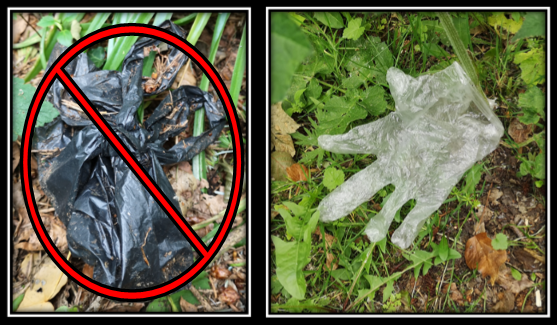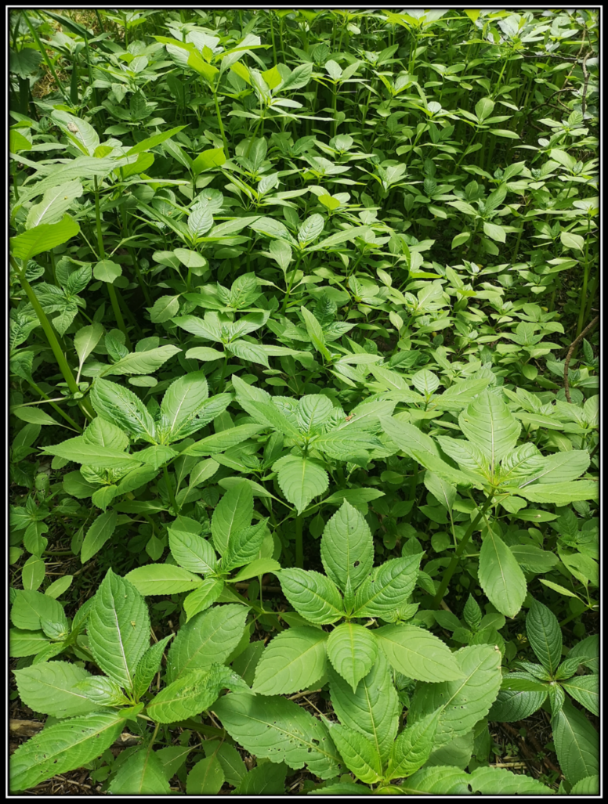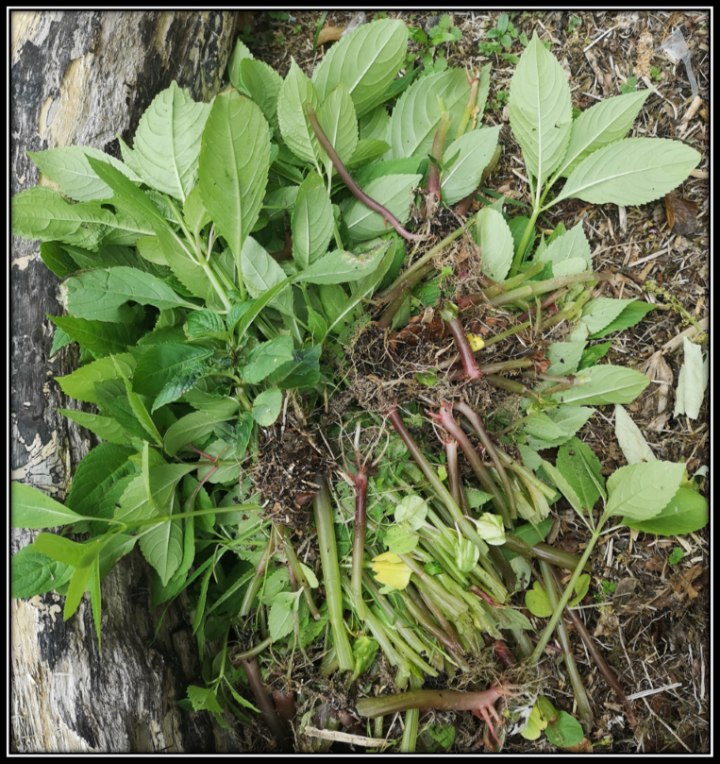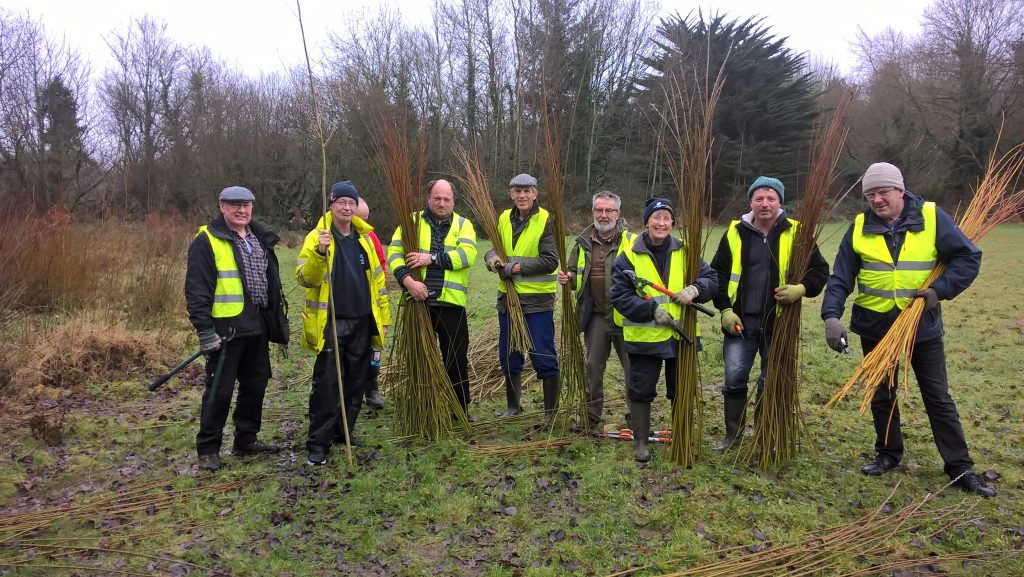Volunteering During Lockdown – Litter Lifts
Volunteering During Lockdown – Litter Lifts
Blog by Lisa Critchley
As environmental organisations are beginning to dust off their equipment, sanitise their gloves and get new procedures in place to take their valuable volunteers back out, volunteers need not necessarily wait to get back to action. There are some simple volunteer tasks you can do whilst we are sorting ourselves out! One important task is litter lifts. These are straightforward and can be done anytime you head outside.
The Problem
I have noticed a significant increase in litter since the lockdown restrictions lifted. There are more people about, enjoying the great outdoors, maybe taking a bottle of water with them or an energy drink. Fast food chains have re-opened, flooding with eager customers, desperate to get their teeth into their favourite food after months of no access. Many other food and drink services have opened their doors as well, offering takeaways in order to adhere to restrictions still in place. It is good news that we can now head out and support our local restaurants and cafes or eat our desired fast food again. However, it is terrible that this supposedly positive story of restrictions lifting, places re-opening and things getting back to normal, comes hand in hand with utter disregard for the natural environment and irresponsible behaviour. The majority of litter I see when out and about is takeaway cartons, fast food chain packaging, single use coffee cups, bottles of water, energy drinks cans, drinks cans and cigarette butts. It is very disappointing that some people are so careless and disrespectful of their local area and scenic spots. They come to these locations, consume their purchase and simply discard it on the ground, in the bushes, on the verge, into the rivers, on the Lough shore. No doubt they chose the location to enjoy their food, drink or exercise for its beauty, so why not keep it that way and take the empty cartons, bottles and cups home? They are lighter anyway!

Litter is a big problem for a number of reasons. It is unsightly and can be smelly, spoiling our enjoyment of walks, scenic areas and parks. It contaminates and pollutes soil and water causing issues for wildlife and plants. It is dangerous to wildlife who can mistake it for food and eat it or become caught in it, both of which can lead to fatalities. It blocks our drainage systems, which can cause flooding. It can be washed into rivers and streams meaning it eventually ends up in our loughs and the oceans, which is again, detrimental to our wildlife and plants.
Lots of litter takes a very long time to break down, for example, even a seemingly harmless orange peel can take 2 years to decompose or a cigarette butt can take up to 12 years. This means that all our irresponsibly discarded rubbish stays in the environment for a very long time, affecting many different wildlife, plants and habitats.

How Can You Help?
If you, like me, are frustrated by the litter you see when enjoying your local walks or visiting a scenic spot, you can do something about it. I know it is not your litter, but it is your world so you can definitely help by picking it up.
All you need is a pair of gloves (these are essential for health and safety) and something to collect the litter in like a bin bag or shopping bag. If you have a litter picker, you can also use one of these. They are not essential but do increase your reach and help if you have a bad back and cannot bend down.
Health and Safety
Before you start picking up litter there are a few things you must take note of:
– Don’t pick up broken glass or other sharp objects. You will put yourself at risk of being injured.
– Don’t pick up dog poo bags with dog poo in them. This is a health risk and disgusting. I have never understood why someone would go to the trouble of picking up a dog poo and then leave the bag. If they are not taking it away again, it is better to leave the poo as it will rot away, unlike the plastic bag!
– If you are working close to a river, as tempting as it is, please don’t reach for litter close to the water if it puts you at risk of falling in.
– Take extreme care if you come across single use gloves or face masks. These hold the risk of being contaminated with Covid-19. Never touch these directly, use a litter picker if you have one and remember to sanitise it after.

After the Litter Lift
Once you have finished picking up litter, tie the bag up securely and put it in the nearest bin, if it doesn’t fit, you can leave it beside the bin and the council will collect it.
Unfortunately, it doesn’t surprise me how much litter can be collected in a small area, having led litter lifts for years, however, it may come as a surprise to you how much you find when you start to look. It certainly surprised my boyfriend how much I collected when making the video – in about a 20-metre stretch I lifted enough to pretty much fill a bin bag.

Thank YOU!
If you do decide to pick up some litter next time you are out, thank you so much for helping to keep our beautiful countryside, and urban areas, clean! I would love to hear about it if you have picked up litter, so please let me know by emailing me.
We are hoping to get small groups of volunteers up and running again very soon. If you would like to volunteer for Lough Neagh Landscape Partnership, please email me and I can add you to our mailing list.
Volunteering in Lockdown – Litter Lift
Over lockdown, the practical side of our Litterless Lough project had to come to a stop, meaning many sites that we would normally target for litter lifts have been left unchecked. I have noticed a disheartening increase in litter with the opening of takeaway services and knew I could still do something about it by making this video. We are almost ready to take volunteers back out again but in the meantime or if you cannot join volunteering sessions, you can still make a difference! Watch this video to find out how.If you do head out and lift some litter, thank you so much and please let me know! lisa.critchley@loughneaghpartnership.org
Posted by Lough Neagh Landscape Partnership on Saturday, 4 July 2020














